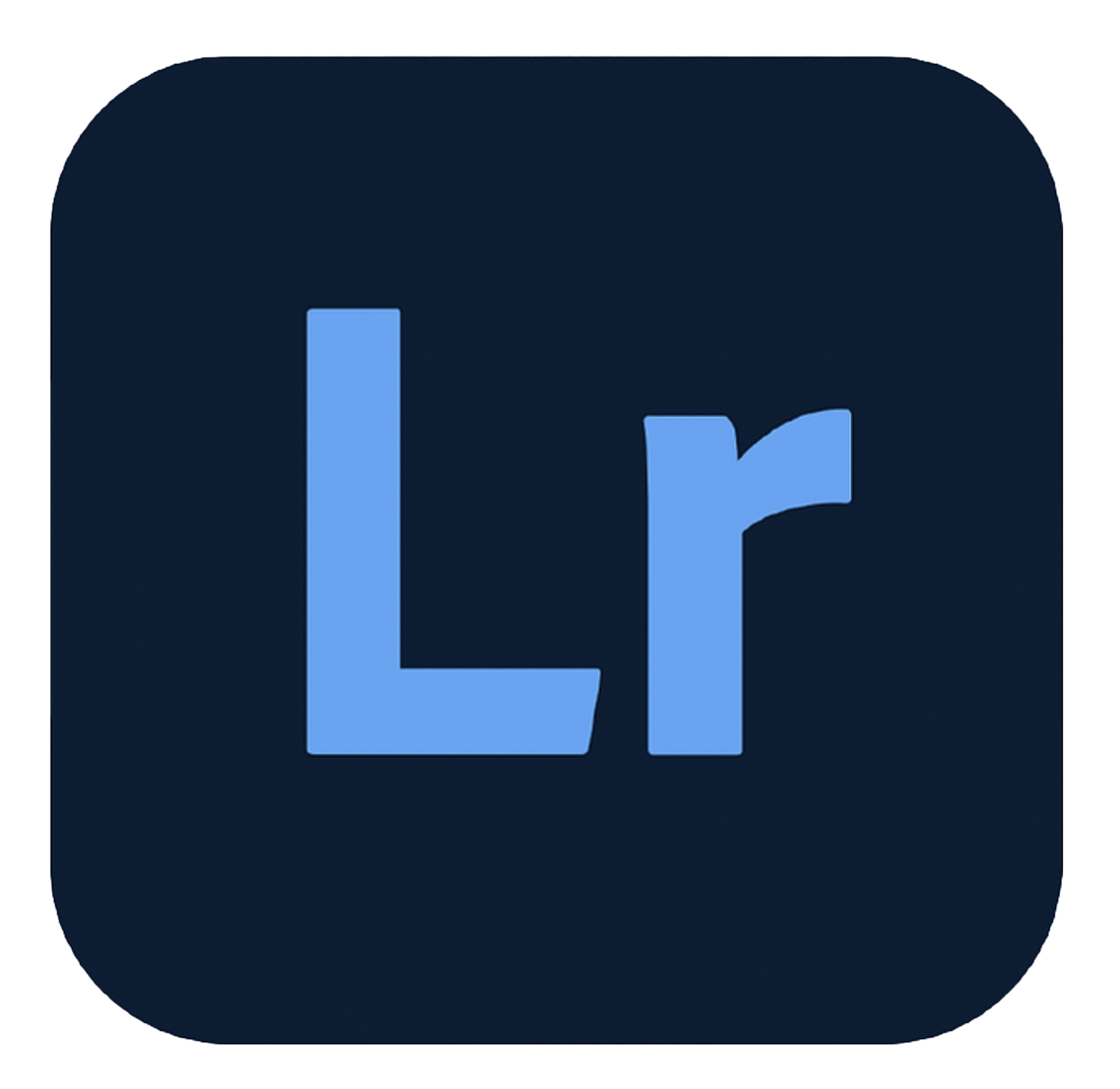My Favorite Photography Apps
Photography is evolving with new and better cameras and lenses every year. But photography-related apps for our phones or tablets also help our photography. Here are four of my favorite photography apps – those I use regularly.
Photo Pills
If your photography occurs outdoors, you are probably using the light of the sun. Or you are photographing the moon and stars at night. What about the golden hour and blue hour?
This app tells you all that and more. Simply put, Photo Pills can tell you the precise position of the sun and moon at any time of the day. And it is accurate far into the future as well. What time is sunrise next Sunday or a year from next Sunday? Photo Pills can tell you.
But more importantly, it can tell you exactly where the sun will rise relative to any location you select. The same is true for sunset and for the moon. Where will the moon rise and set, and what will its phase be on a particular day?
Photo Pills also has a virtual reality function that allows you to project real-world views. When will the moon be in a certain position of the sky relative to a fixed location? Photo Pills can tell you.
For example, Louisville has a landmark building downtown which features a lighted glass dome at the top. It is visible from an elevated pedestrian bridge about a mile away. My question: when can I stand at a particular point on that bridge and photograph a full moon appearing to rest on the dome of the Mercer Building?
Photo Pills gave me nine dates and times in the future when that scenario will occur. It also tells me the phase of the moon for each occurrence. It is then only up to me to be there and ready to shoot.
My Tracks
Although my practice with street photography mostly stopped with the onset of COVID-19, I still practice it from time to time. The nature of street photography usually includes photos taken from a variety of locations during a photoshoot. My camera doesn’t have GPS – few DSLRs and mirrorless cameras do – but I like to know the location of my photos.
The myTracks app solves that issue. As you move around, the app is recording your location at whatever interval you prescribe. Because I typically move quite a bit looking for that right shot angle, I have the app set to record my location at 5 second intervals. Longer intervals use less power on the phone but at the cost of accuracy.
The app uses your phone’s GPS to create a map of your location over time. At the beginning of a shoot, you simply activate the app. You can also adjust settings such as how often the app logs your location. Then you can just forget it until the shoot is over.
At the end of the shoot, the app creates a standard GPX navigation file containing location data. You can export that data file to an appropriate location.
Importing the Data
When I load my photos into Lightroom Classic, I merely import the GPX file from the shoot as well. Then with a single mouse click, the app tags all the photos with the location where they were shot.
How does that happen? Lightroom correlates the date and time that each photo was taken and compares it to the data in the GPX file. When it finds a match, the associated location – based on latitude and longitude – is attached to the photo. If no exact match can be found, Lightroom picks the location with a time stamp closest to that recorded in the photo’s metadata. For that reason, I like the more frequent recording of location points. It better ensures the accuracy of the photo’s location.
You can use MyTracks for other trip recording purposes as well, such as a simple hike. You can view the data on a desktop application as well, for association with data other than photo metadata.
Manufacturer’s camera apps, such as SnapBridge for Nikon, can also provide location information. However, I have found the data provided by myTracks to be more accurate. So it’s my go-to app for photo locations.
Lightroom Mobile
I have been a proponent of Adobe’s Lightroom for several years. In my opinion, Lightroom is unmatched in its ability to combine photo cataloging and spot-on editing in one package.
A Lightroom app for mobile devices has been available for some time. But it didn’t impress me until recently. It could do some basic editing and you could do additional editing on photos you had specifically saved to the cloud by importing them to the desktop version of Lightroom.
With the release of the cloud version of Lightroom, the app became a little more robust. However, it is only with the last updates that it has become a useful tool.
I still don’t do a lot with it, but I find it very handy when I need it. It can do more complete, and better, edits on photos I have just taken with my iPhone than are possible with the iPhone photo editor, even though that itself has been significantly improved. But advanced editing can be significant if you share a lot of photos directly from your phone.
A couple of years ago, I opted to go with an iPad Air in place of my older MacBook. Since the iPad doesn’t support the Mac version of Lightroom, I had to use the cloud version. So the Lightroom Mobile app became an even greater part of my workflow, particularly for travel photography.
While I have since gone back to using a MacBook for my mobile use, I still find uses for Lightroom Mobile. This is particularly true for photos I take with my iPhone.
I like the option to automatically copy photos from my iPhone’s camera roll directly into Lightroom desktop. That saves a lot of time over having to go through a separate import process. I don’t always keep the copies of phone photos in Lightroom, but it’s an easy process to delete them if I want.
Deleting a photo from Lightroom does not delete it from the phone’s camera roll. So those are still available unless you also want to delete directly from the camera roll.
While I still don’t usually do significant editing on my mobile devices, it’s nice to have advanced capabilities in a mobile application.
My Gear Vault
How much is your camera gear worth? Do you have good descriptive information if gear is lost or stolen? That information might be necessary for insurance purposes. And does your insurance even cover your equipment?
The My Gear Vault app easily answers those questions. This invaluable photography app, by MyGearVault, LLC is specifically designed to track photography gear.
The app has fields for the manufacturer, model name, serial number, and category. It also captures purchase information such as the price paid, date of purchase, and whether the equipment was purchased new or used.
Kits
You can also assign equipment to one or more ‘kits.’ These are collections of gear to aid in knowing which equipment might be in certain places.
For example, I have a ‘kit’ called backpack. It includes all the equipment – camera body, lenses, tripod, filters, memory cards, batteries – that I normally carry in my backpack. Thus, if my backpack were to be stolen, I could easily compile a list of everything that was taken. The display also shows the total value of the items in each ‘kit’. And if you want, a single item can be in more than one ‘kit’ for tracking purposes.
The app previously had an option to purchase insurance specifically for your photographic equipment. Often, the basic allowance in a homeowner’s policy is not sufficient to cover camera gear. Currently, this option is suspended. But the developers note that they are looking for a new insurance carrier to again provide that service.




